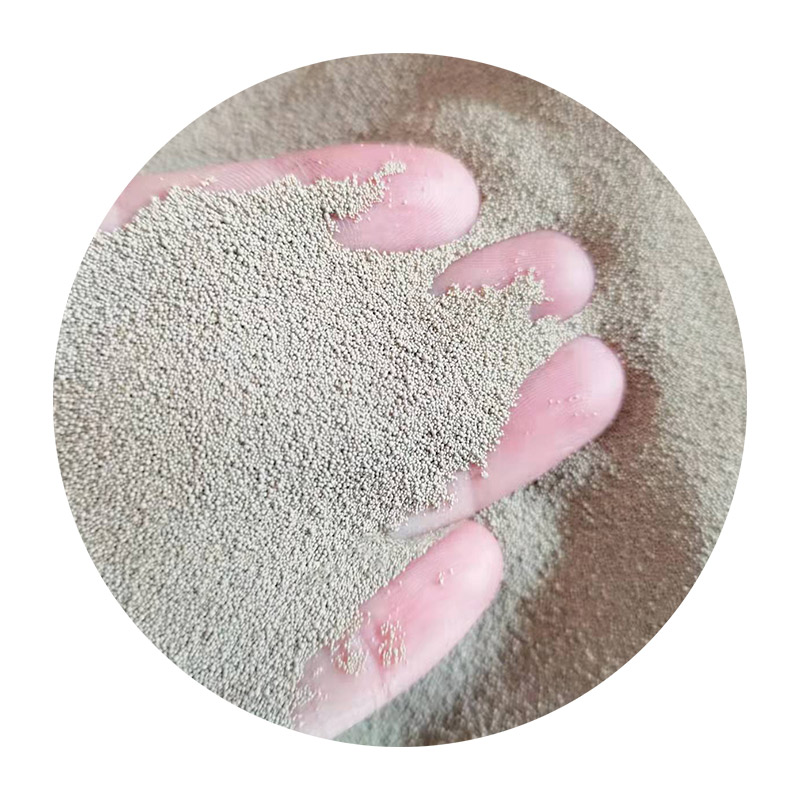The Evolution and Significance of Sand Cast Industries
Sand casting is a time-honored manufacturing method that has stood the test of time, evolving to meet the demands of modern industries. This process involves creating a mold from sand, into which molten metal is poured to create various metal components. Widely used across the automotive, aerospace, and manufacturing sectors, sand casting has played a significant role in industrial development and continues to be an essential technique in modern manufacturing.
Historical Context
The origins of sand casting can be traced back to ancient civilizations. Archaeological evidence suggests that the Egyptians used sand casting as early as 3000 BC, likely for small decorative items and tools. Over centuries, this technique has been refined and adapted, particularly during the Industrial Revolution, when the demand for metal components surged. The ability to create complex shapes and large quantities of parts quickly and efficiently made sand casting a preferred choice for manufacturers around the world.
The Sand Casting Process
The sand casting process involves several critical steps
1. Pattern Making A pattern, typically made of metal or wood, is created to form the shape of the desired part. This pattern is often slightly larger than the final part to account for shrinkage that occurs during cooling.
2. Mold Creation The pattern is pressed into a mixture of sand and a binding agent to create two halves of a mold. The sand must be sufficiently compacted to maintain the shape during the pouring process.
3. Pouring Once both halves of the mold are ready and assembled, molten metal is poured into the cavity created by the two halves. The metal cools and solidifies, taking the shape of the mold.
4. Finishing After the metal has cooled sufficiently, the mold is broken apart, and the casting is removed. This part may require further finishing processes, such as grinding, machining, and surface treatment, to achieve the desired specifications.
sand cast industries

Advantages of Sand Casting
There are several advantages to using sand casting over other manufacturing processes. First, it is highly versatile and can accommodate a wide range of metals, including iron, aluminum, and copper alloys. This flexibility enables manufacturers to produce intricate designs and large parts that would be challenging to achieve with more modern techniques, such as injection molding.
Moreover, sand casting is relatively inexpensive compared to other metal fabrication methods. The materials used for molds are readily available and cost-effective, allowing for lower startup costs and easier modifications throughout production. This affordability makes sand casting particularly appealing for smaller production runs and custom applications.
Environmental Considerations
As industries move towards sustainable practices, the sand casting industry is also evolving. Advances in technology have led to greater efficiency in the use of materials and energy. Recyclable sands are now employed, and processes have been developed to minimize waste by recycling sand for reuse in subsequent casts. Furthermore, manufacturers are investigating alternative binding agents and environmentally friendly practices to reduce the environmental impact of the casting process.
Future Trends
The future of sand casting looks promising despite the rise of advanced manufacturing techniques such as 3D printing and CNC machining. Innovations like automated sand molding systems are enhancing efficiency, while the integration of computer simulations in the design process allows for better producibility and quality control. As industries require increasingly complex and lightweight components, sand casting is likely to adapt by incorporating new technologies and materials, maintaining its relevance in the manufacturing landscape.
Conclusion
Sand casting remains a cornerstone of modern manufacturing, offering a unique combination of flexibility, cost-effectiveness, and the ability to produce intricate designs. As the industry evolves, embracing sustainability and technological advancements, sand casting is poised to continue playing a vital role in meeting the diverse needs of various sectors, from automotive to aerospace. Its historical significance, paired with ongoing innovation, ensures that sand casting will remain a crucial part of the manufacturing ecosystem for years to come.
Post time:नोव्हेंबर . 07, 2024 07:47
Next:Cast of Sandcastles 2014 and Their Impact on Independent Film Industry
